
Forests
La Mauricie National Park
La Mauricie National Park is located in the heart of the Laurentien forest. The park’s forest is far from being a virgin forest, as it has long been exploited. There have been logging in all forest stands between 1830 and 1969.
The most common forest species are the balsam fir, white birch, yellow birch, trembling aspen and black spruce. The variety of trees benefits a great number of plant and animal species. To make sure the forest is ecologically stable and healthy, five important ecological indicators are monitored:
- Status of moose and wolves
- Forest landscape
- Diversity and abundance of forest birds
- Black bear tracking
- Marten, lynx and fisher
1. Status of moose and wolves
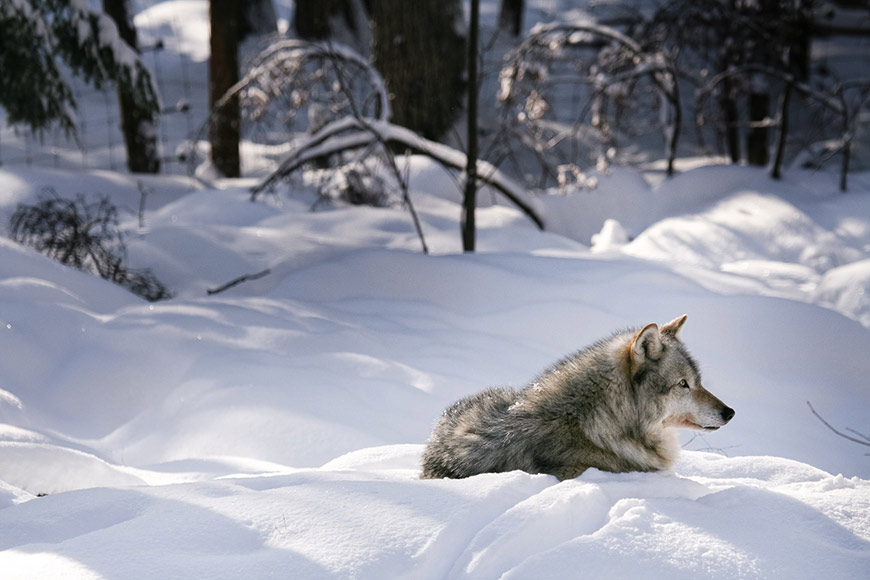
Did you know that wolves and moose are intimately connected? Actually, as a predator, the wolf prevents the number of moose from becoming too high, which prevents moose from having a significant impact on forest regeneration.
This balance between wolf and moose populations is a health indicator of forest ecosystems in La Mauricie National Park. An overabundance of either of these mammals can have a significant impact on a forest, especially in terms of forest regeneration dynamics.
On the other hand, a significant decrease in the number of wolves or moose may be a sign of a serious problem with the functioning of the forest ecosystems throughout the park. This could have a negative impact on all of the species in the forest.
Moose populations are tracked every 10 years by helicopter during the winter. This method makes it possible to estimate the moose population and the number of yards throughout the park. Wolves are tracked each winter by identifying their tracks in the snow. The tracks are an excellent indication of the presence of wolves. It is possible to estimate the number of packs in the area based on the location of the tracks.
2. Forest landscape (age of the forest, white pines and burned areas)
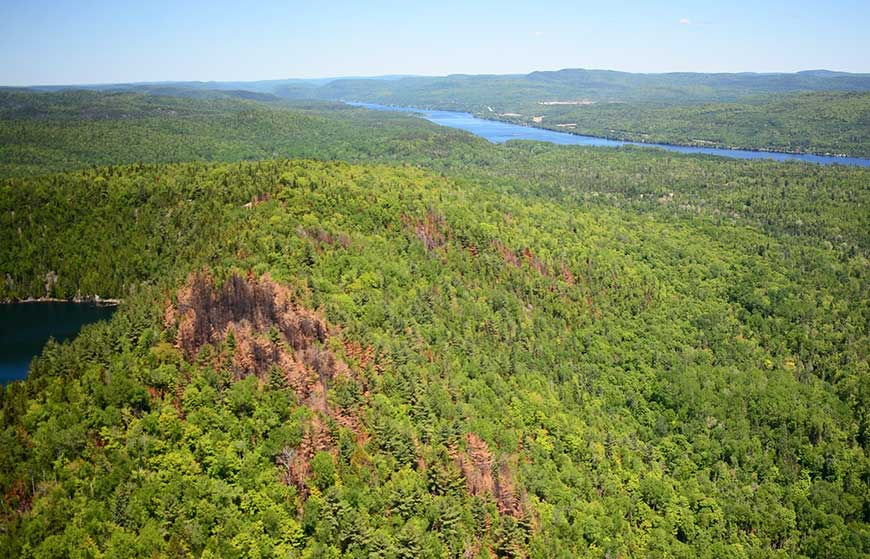
Studies have demonstrated that logging and fighting forest fires have had a significant impact on the state of the forest. The selective cutting of white pines has made this species rare and today it has difficulty multiplying. In addition, fighting forest fires has slowed down the natural regeneration process. Today, the forest is no longer representative of the natural dynamics of forests in the region, both in terms of age structure (aging forest) and the abundance of some species (scarcity of certain species, such as the white pine and red oak, which are both dependent on wildfires).
Each year, the total area of La Mauricie National Park affected by natural or prescribed fires is established. Parcels of land are then monitored in the burned areas to compare the regeneration and abundance of white pine and red oak with historical data from the period before the logging era.
In La Mauricie National Park, prescribed fires have been planned and implemented almost every year since 1991 to ensure that the forest ecosystem benefits from the important regeneration process that results from fire.
Find out more about prescribed fires.
3. Diversity and abundance of forest birds
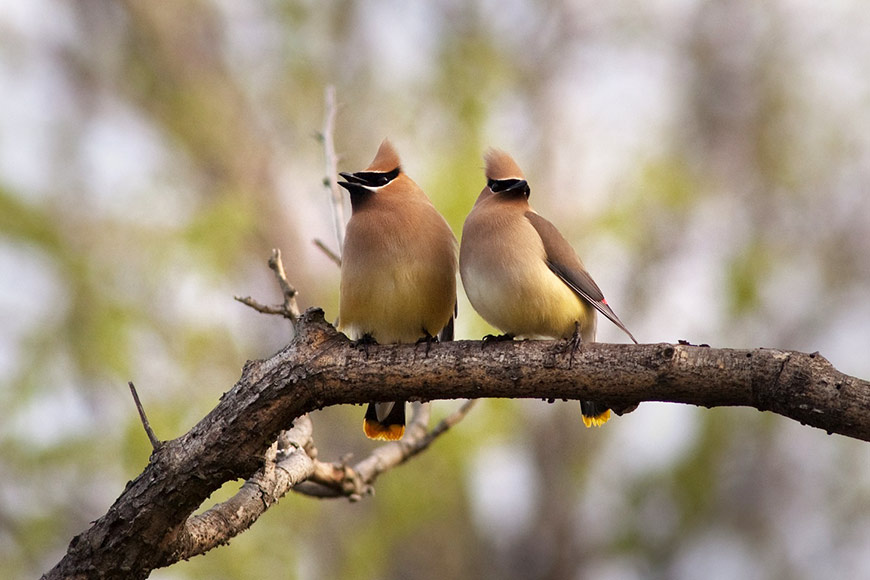
Do you enjoy getting up in the early hours of the morning? If so, you have the potential to be part of our team that tracks forest birds. Conducting inventories of the bird species in the park means getting up at dawn.
Inventories are carried out every 10 years from May to July during bird breeding season. Thirty point counts are carried out in various areas of the park in order to estimate the number of species in the designated locations. It is then possible to estimate the abundance of each species in the park.
Towards the end of winter, the conservation team also conducts an inventory of various owl species and other nocturnal birds of prey. These top predators are also excellent indicators of the abundance of small mammals and consequently of the health of the forest ecosystems in La Mauricie National Park.
4. Black bear tracking
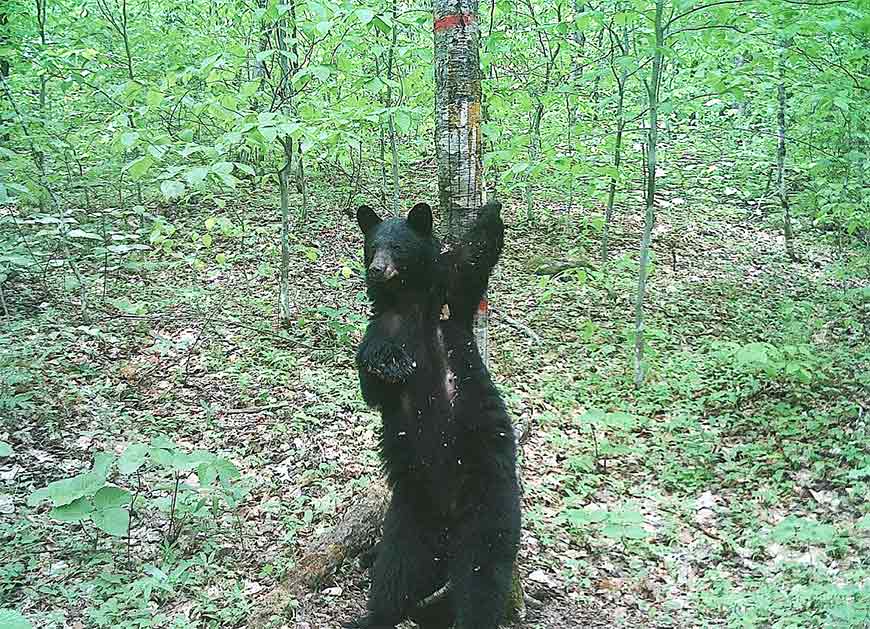
La Mauricie National Park is definitely located in black bear country. In comparison to its western cousin, the grizzly bear, the black bear is smaller and much more shy. It travels long distances and can cover a territory of up to 200 km2, making it difficult to implement protective measures.
This measure of ecological integrity includes various components:
- Breeding success (% of females with cubs)
- Number of human/bear encounters
- Habitat quality (forest area producing nuts)
- Number of bears harvested by sport hunting within a 30-km radius on the outskirts of La Mauricie National Park
- Number of young bears
The number of black bears is estimated to be approximately 125. Although prohibited in the park, hunting outside its boundaries remains the main cause of variation in black bear populations.
5. Marten, lynx and fisher
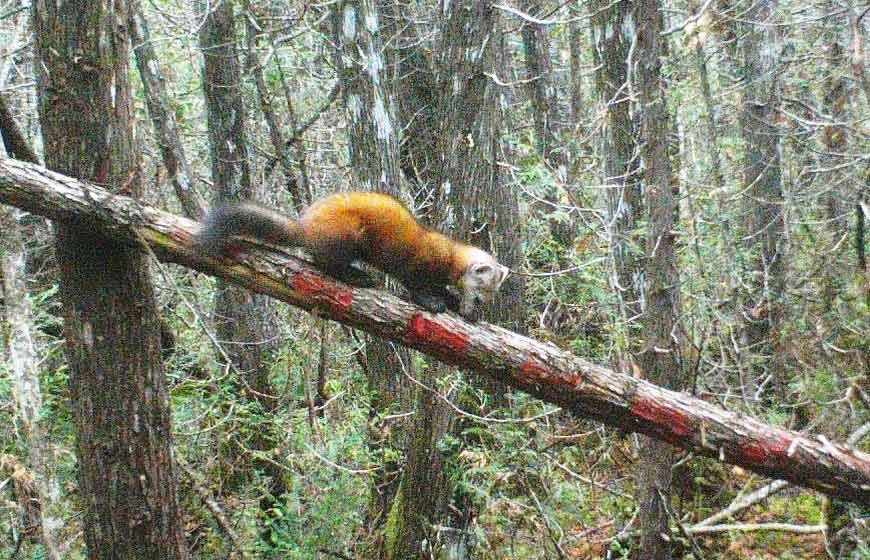
The American marten, the lynx and the fisher are predators that occupy an important position at the top of the food chain in the forests of La Mauricie National Park.
These species were chosen as a measure of ecological integrity because they are sensitive to pressures caused by humans. The abundance of these species also varies based on the availability of certain types of forest habitats in the park.
Every fall, about thirty trail cameras are camouflaged in the forest. The photos are then analyzed and compared with photos from the last 5 years. The data provides a good overview of the spatial distribution of these species. A change in spatial distribution could be a sign of significant changes in habitat availability due to regeneration dynamics in the park.
Related links
- Date modified :